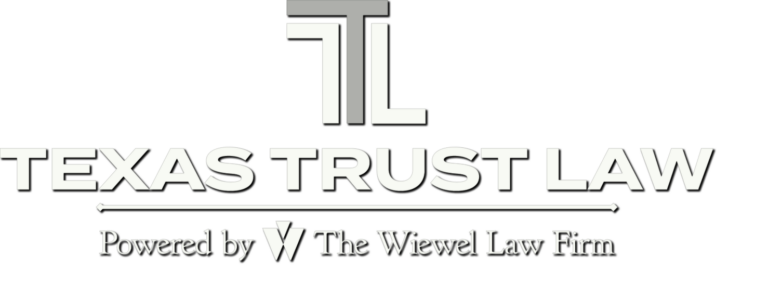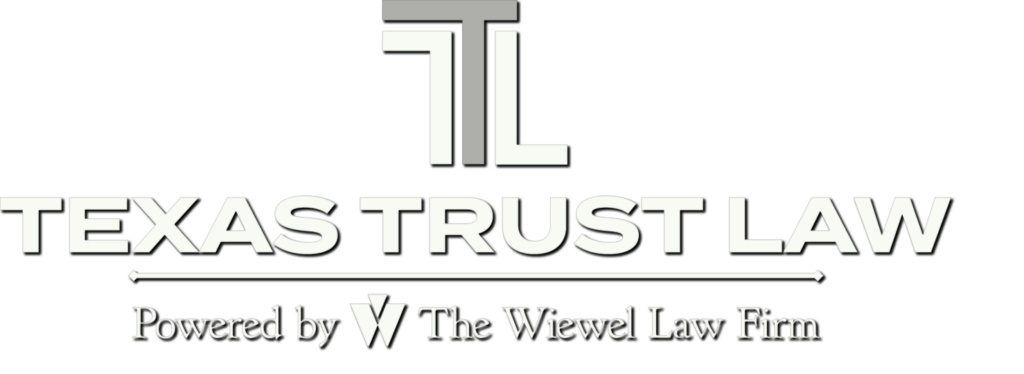
Integrating Retirement Accounts into your Estate Plan
Retirement accounts, such as IRAs and 401(k)s, play a pivotal role in many estate plans. They are not just savings vehicles for retirement; they are also crucial assets that can be passed on to beneficiaries. An effective estate plan should integrate retirement accounts seamlessly, supporting your overall retirement and estate objectives.
When incorporating retirement accounts into an estate plan, it’s essential to understand the tax implications and the rules governing beneficiary designations. These factors can significantly impact how your retirement assets are distributed and taxed upon your death. Retirement accounts are subject to income tax and, in some cases, estate tax.
Retirement accounts, such as IRAs and 401(k)s, typically bypass the probate process, as they are transferred directly to the named beneficiaries. This direct transfer can simplify the estate settlement process and provide quicker access to funds for your beneficiaries. It’s important to understand that while retirement accounts may avoid probate, they are still part of your overall estate for tax purposes. Proper planning can help ensure that your retirement assets are distributed efficiently and tax-advantaged.
Roth IRAs are unique retirement accounts that offer tax-free growth and withdrawals. They can be a valuable tool in estate planning, particularly for those looking to leave tax-free assets to their beneficiaries. Unlike traditional IRAs, Roth IRAs do not require minimum distributions during the account owner’s lifetime, allowing the assets to grow tax-free for a longer period.
When including Roth IRAs in your estate plan, consider the potential tax benefits for your beneficiaries. Since distributions from Roth IRAs are generally tax-free, they can provide a significant financial advantage to your heirs. Tax-deferred retirement accounts, like traditional IRAs and 401(k)s, allow contributions to grow tax-free until withdrawal. This feature can lead to significant tax savings over time. However, it’s essential to consider the tax implications for your beneficiaries.
Beneficiary designations are a critical aspect of retirement planning. These designations determine who will inherit your retirement accounts upon your death. It’s crucial to regularly review and update your beneficiary designations to ensure that they align with your current estate plan and wishes. Failure to update beneficiary designations can lead to unintended consequences, such as an ex-spouse or a deceased individual being named as the beneficiary. Beneficiaries are generally subject to income tax on the distributions upon inheriting a tax-deferred retirement account. Planning for these tax implications is crucial in ensuring that your beneficiaries are not burdened with unexpected taxes.
Retirement assets are considered part of your estate and can impact your overall estate value and tax liability. Properly integrating retirement accounts into your estate plan can help achieve a balanced and tax-efficient distribution of your entire estate. This includes considering the impact on federal and state estate taxes and the income tax implications for your beneficiaries.
In conclusion, integrating retirement accounts into your estate plan is a complex but essential task. Understanding the nuances of how these accounts work in the context of estate and tax planning can ensure that your financial legacy is preserved and passed on according to your wishes. Consultation with financial and legal professionals is key to navigating this intricate aspect of estate planning effectively. If you would like to learn more about retirement accounts, please visit our previous posts.
Photo by Karolina Grabowska
















